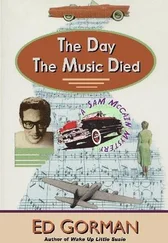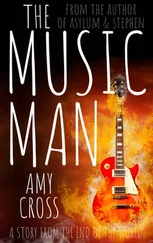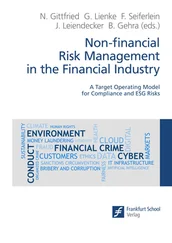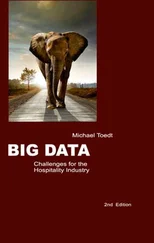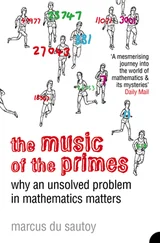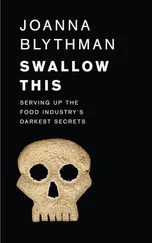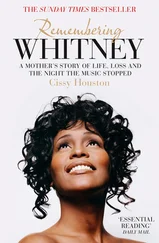The structure of the book
This is the third edition of this book. Throughout all three editions the book analyses the ongoing digital transformation of the music industry. I argue that this increasingly Cloud-based industry is characterized by high connectivity and little control; music provided as a service; and increased amateur creativity. The third edition captures how the recorded music industry in the early 2020s is dominated by access-based music platforms and analyses novel ways for promotion and music discovery via these platforms. Chapters 2, 3and 5have been essentially rewritten to provide a clearer historical context for the evolution of the Cloud-based music economy; how access-based music platforms transform the interaction between music and the media; and how these platforms continue to mould music fans’ social and creative listening practices.
In Chapter 1, I start out by labelling the music industry as a ‘copyright industry’ and I discuss characteristics and features that distinguish these industries from other, ‘non-copyright industries’. I outline the debate about the possible tension between profit maximization and creativity and lastly, I present a theoretical platform, based on frameworks from organizational theory, social learning theory and the sociology of culture, that support the understanding of the dynamics of the digital music economy.
In the second chapter, I turn the attention to the inner workings of the music industry. It is important to understand the traditional music industry in order to recognize the significance of the change that has created the twenty-first-century music economy. I use well-established models to explain and discuss the music industry and its three sub-sectors: recorded music, music publishing and live music. I give an account of the history of the twentieth-century music industry and present some of the organizations that are currently dominating the different industry sectors.
After having introduced and contextualized the music industry, I use the next three chapters to analyse different aspects of the transformation of the industry. In Chapter 3, I analyse the relationship between recorded music, media and audiences. I start out by presenting a model of this relationship used to support an analysis of the changes in the media environment. I focus on how the increased connectivity of the audience–music firm network shapes the digital music economy and I introduce concepts such as ‘audience fragmentation’ and ‘option value blurring’. This part of the analysis is particularly focused on the recorded music sector and the music-licensing sector. In the area of music-licensing, I examine the changing roles of music publishing and the music publisher in the digital music industry dynamics. In the area of the recorded music sector, I focus on a range of online music business model innovations and how they have emerged over the decades. I examine the models’ viability (or lack thereof) in the light of the shifting levels of connectivity and control.
Chapter 4is focused on music-making. I have already noted in this introduction that a significant characteristic of the digital music economy is the lowered barriers to enter the music economy, the rise of amateur creativity and the increase of so-called user-generated content. However, in Chapter 4, I will focus on the professional making of music, both in the studio and on stage. I explore the changes in the production system of popular music, primarily related to the roles and careers of songwriters, artists and producers, and to the changes in the institutions and structures of that system.
In Chapter 5, I focus on the role of music fans, and how this changing role touches every aspect of the digital music economy, including distribution, promotion, production, funding and talent development. I examine how fans’ desire to listen to music, use music and express themselves through music is sometimes in conflict with copyright legislation.
Finally, I take the discussion into the future and reflect on how the trends of today will shape the music economy of tomorrow.
1 1. Ghosts I–IV reached the number 2 spot on Amazon’s list of top sellers, 29 April 2008.
2 2. It was in 1999 when Shawn Fanning, at the time a student at Northeastern University in Boston, MA, USA, developed the Napster software.
3 3. Cf. Bill Gates’s vision of ‘friction-free distribution’ and ‘friction-free capitalism’ (Gates 1995).
Конец ознакомительного фрагмента.
Текст предоставлен ООО «ЛитРес».
Прочитайте эту книгу целиком, на ЛитРес.
Безопасно оплатить книгу можно банковской картой Visa, MasterCard, Maestro, со счета мобильного телефона, с платежного терминала, в салоне МТС или Связной, через PayPal, WebMoney, Яндекс.Деньги, QIWI Кошелек, бонусными картами или другим удобным Вам способом.


